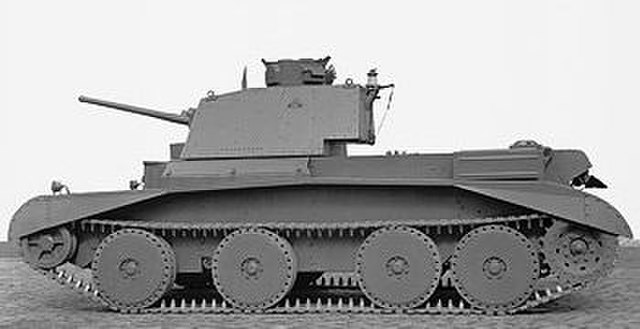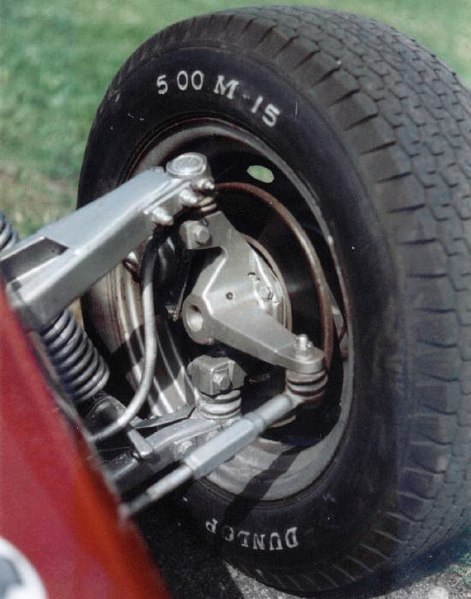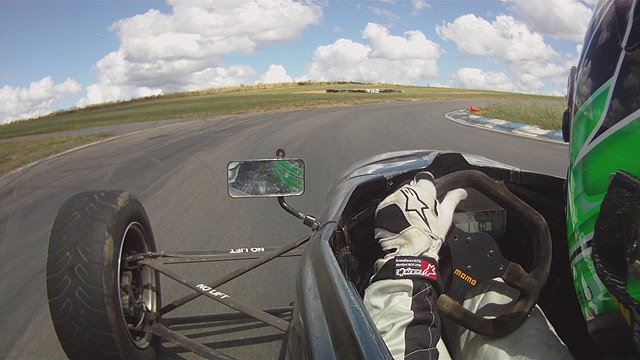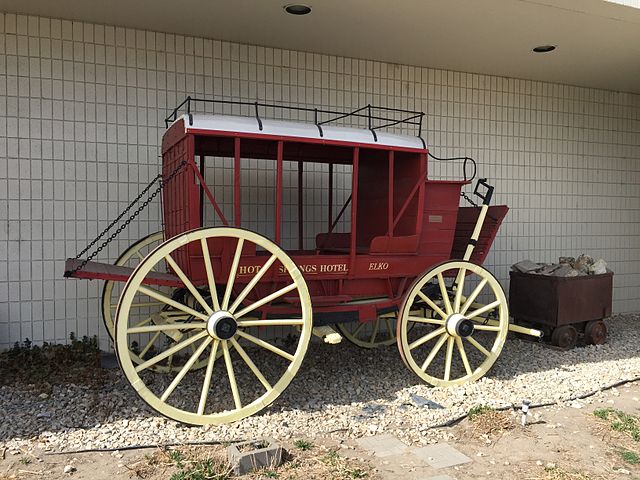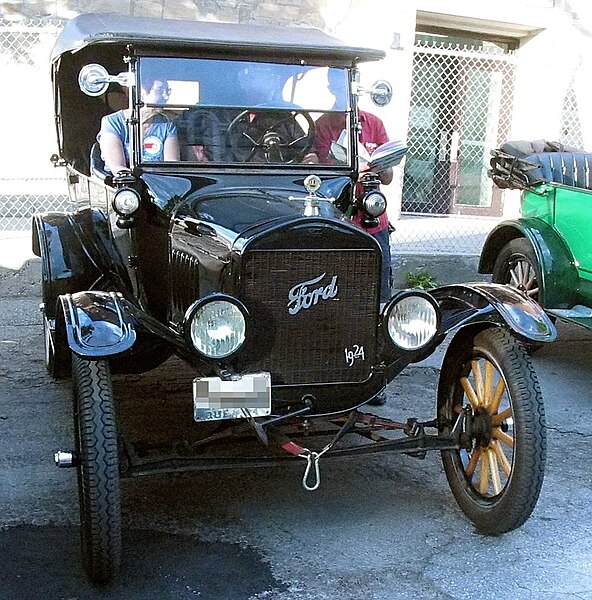The Christie suspension is a suspension system developed by American engineer J. Walter Christie for his tank designs. It allowed considerably longer movement than conventional leaf spring systems then in common use, which allowed his tanks to have considerably greater cross-country speed. The system was first introduced on his M1928 design, and used on all of his designs until his death in 1944.
T3E2 tank with Christie suspension crossing an obstacle during tests in 1936
A British Cruiser Mk III with Christie suspension
Suspension is the system of tires, tire air, springs, shock absorbers and linkages that connects a vehicle to its wheels and allows relative motion between the two. Suspension systems must support both road holding/handling and ride quality, which are at odds with each other. The tuning of suspensions involves finding the right compromise. It is important for the suspension to keep the road wheel in contact with the road surface as much as possible, because all the road or ground forces acting on the vehicle do so through the contact patches of the tires. The suspension also protects the vehicle itself and any cargo or luggage from damage and wear. The design of front and rear suspension of a car may be different.
Part of car front suspension and steering mechanism: tie rod, steering arm, king pin axis (using ball joints).
Van Diemen RF01 Racing Car Suspension.
American carriage showcasing thoroughbrace suspension—note the black straps running across the side of the undercarriage
The front suspension components of a Ford Model T.


